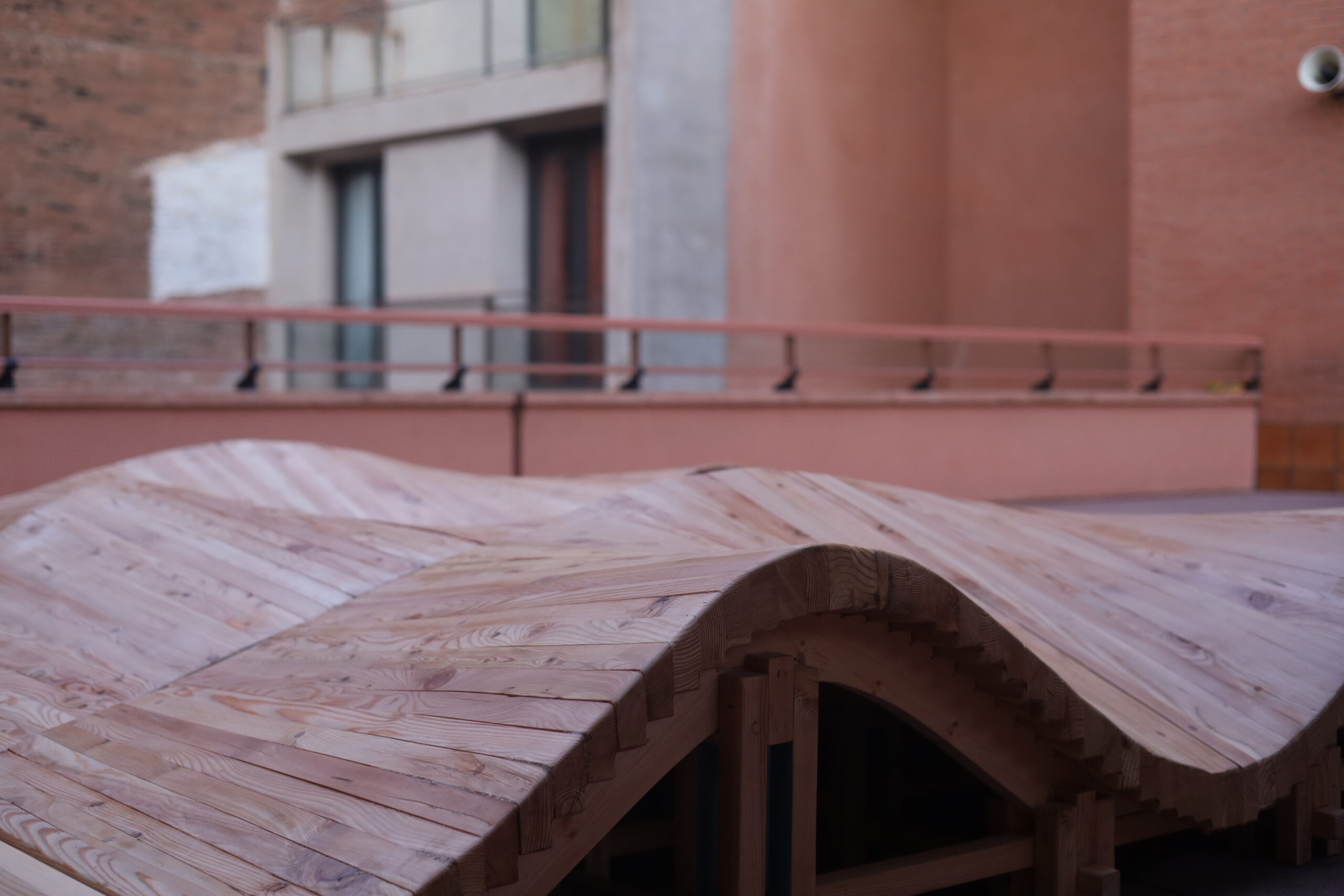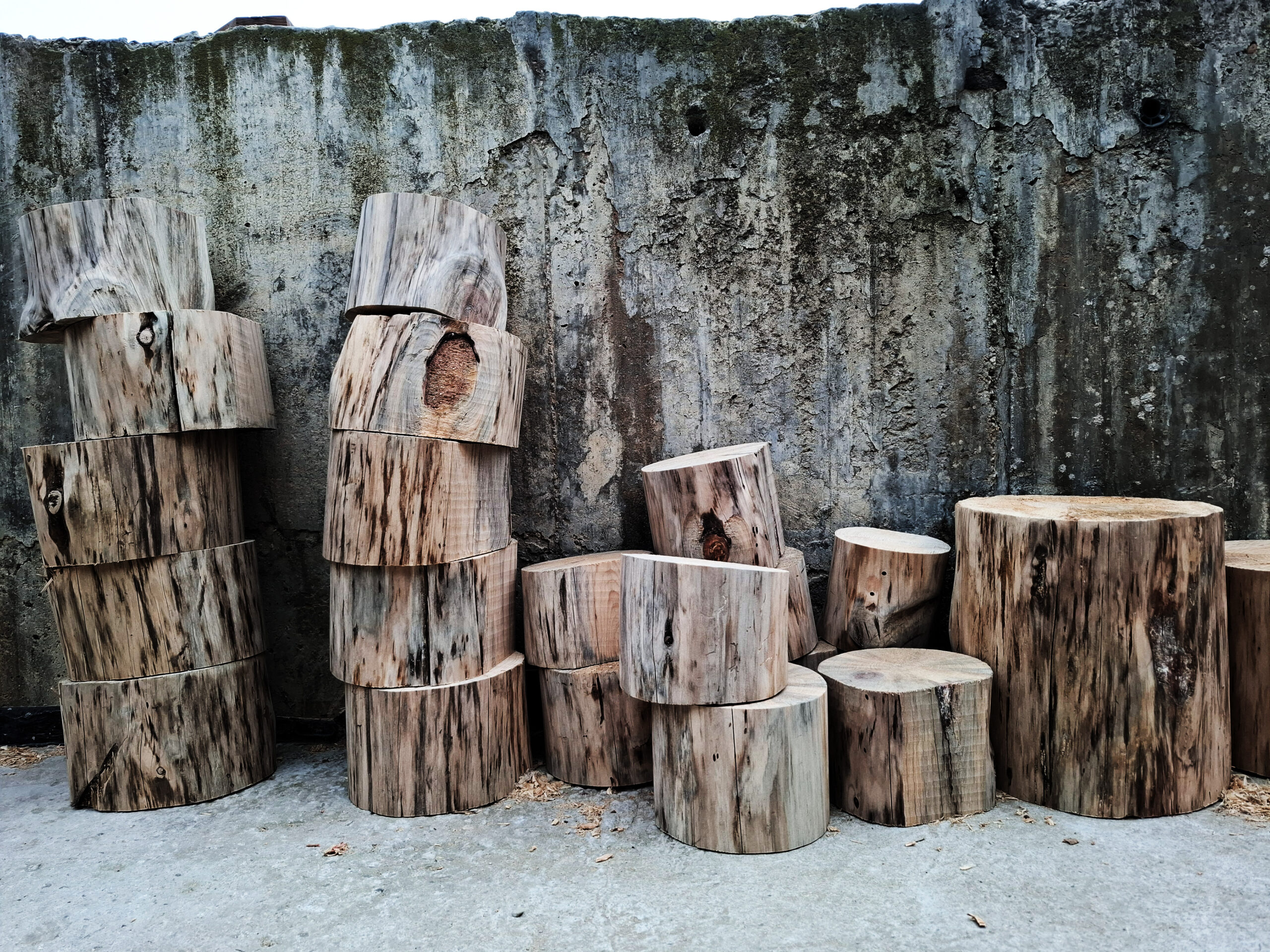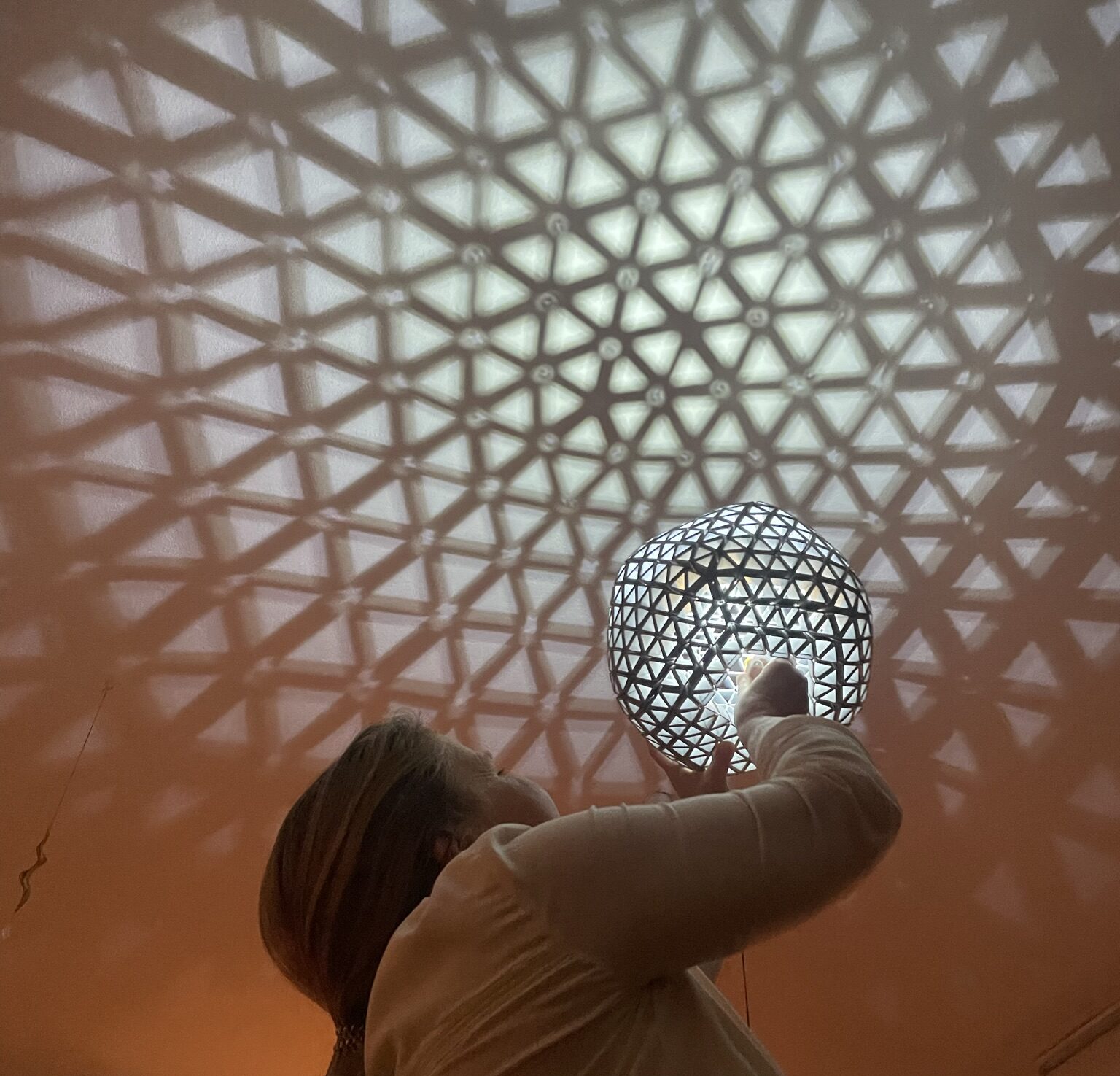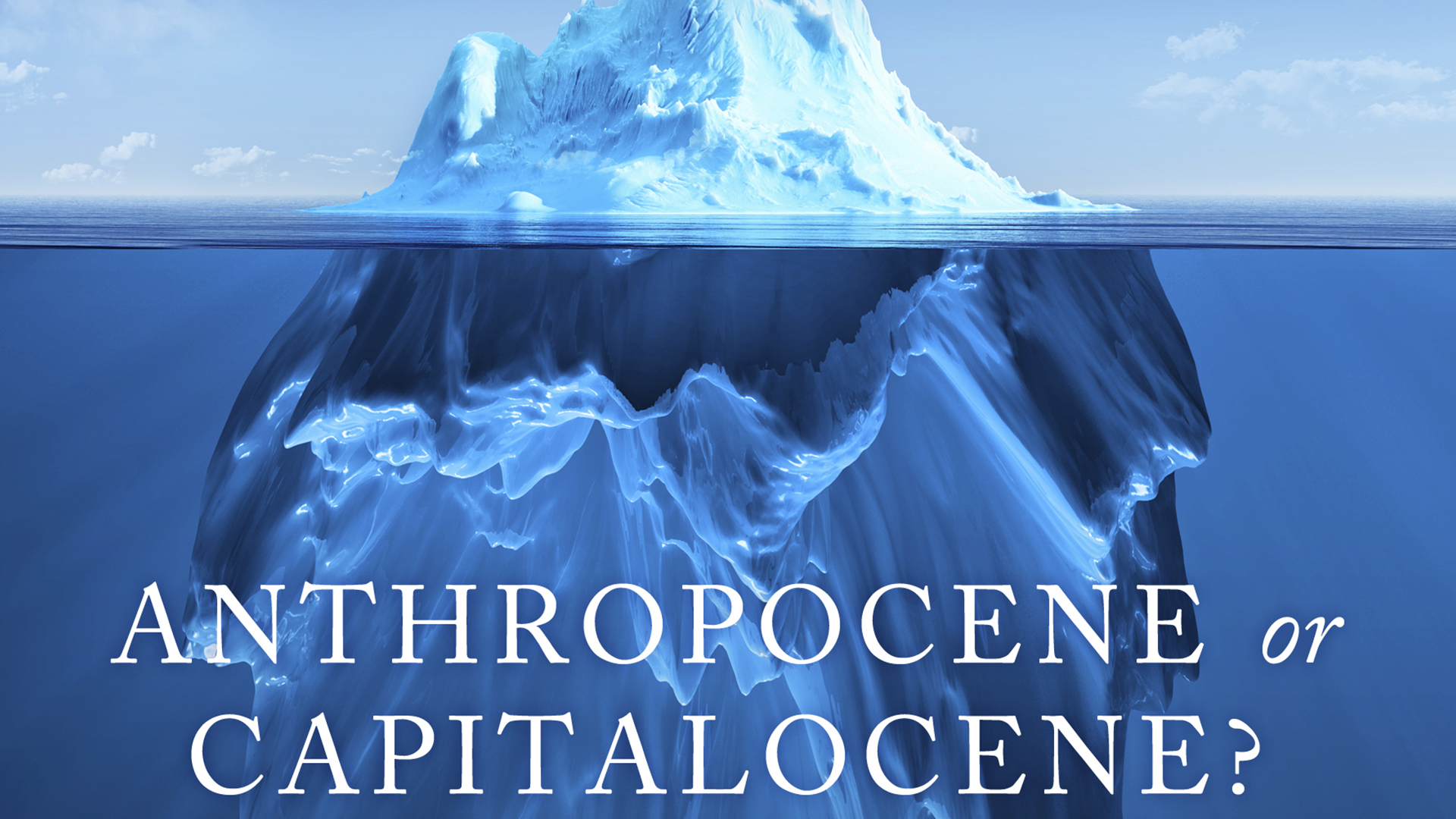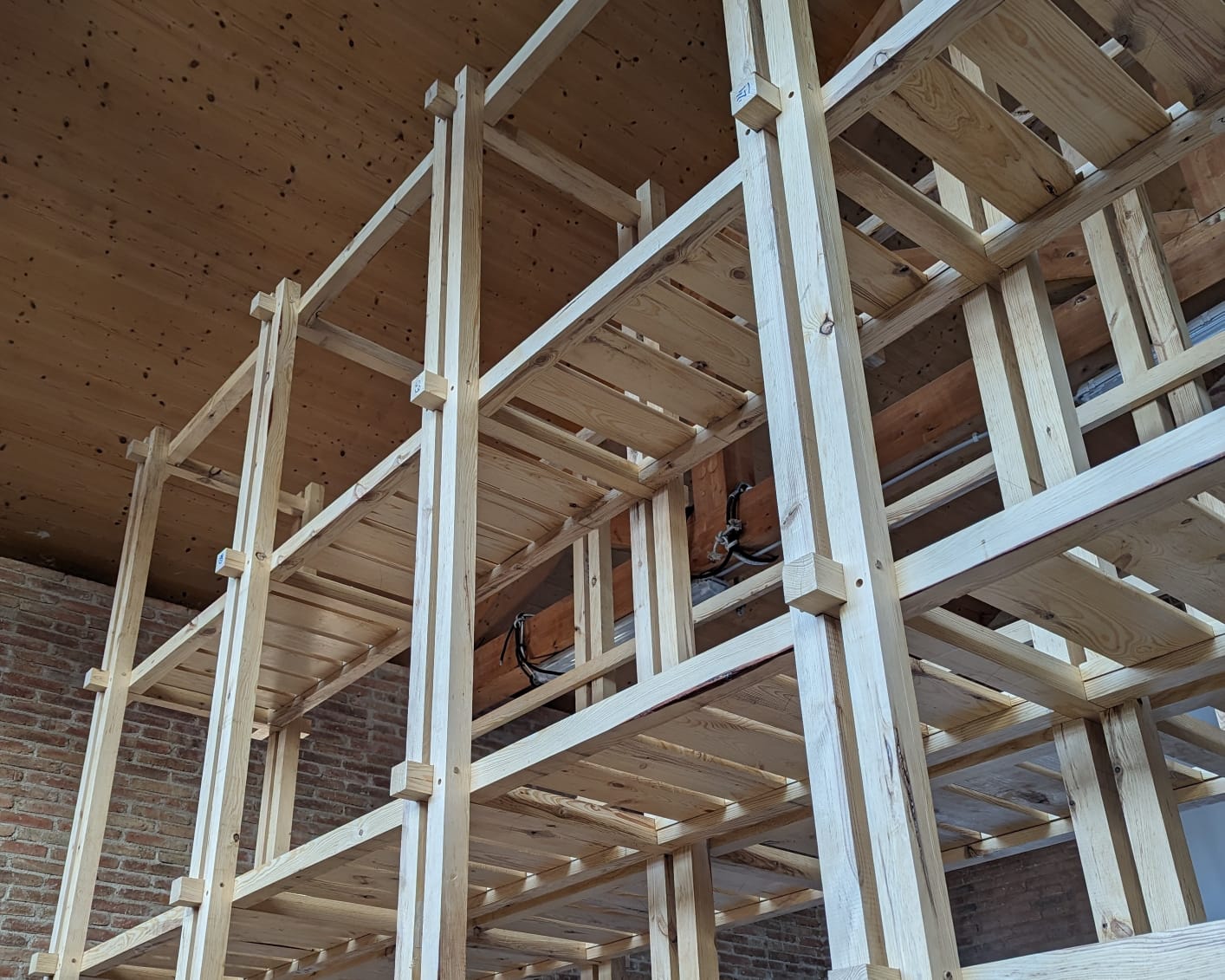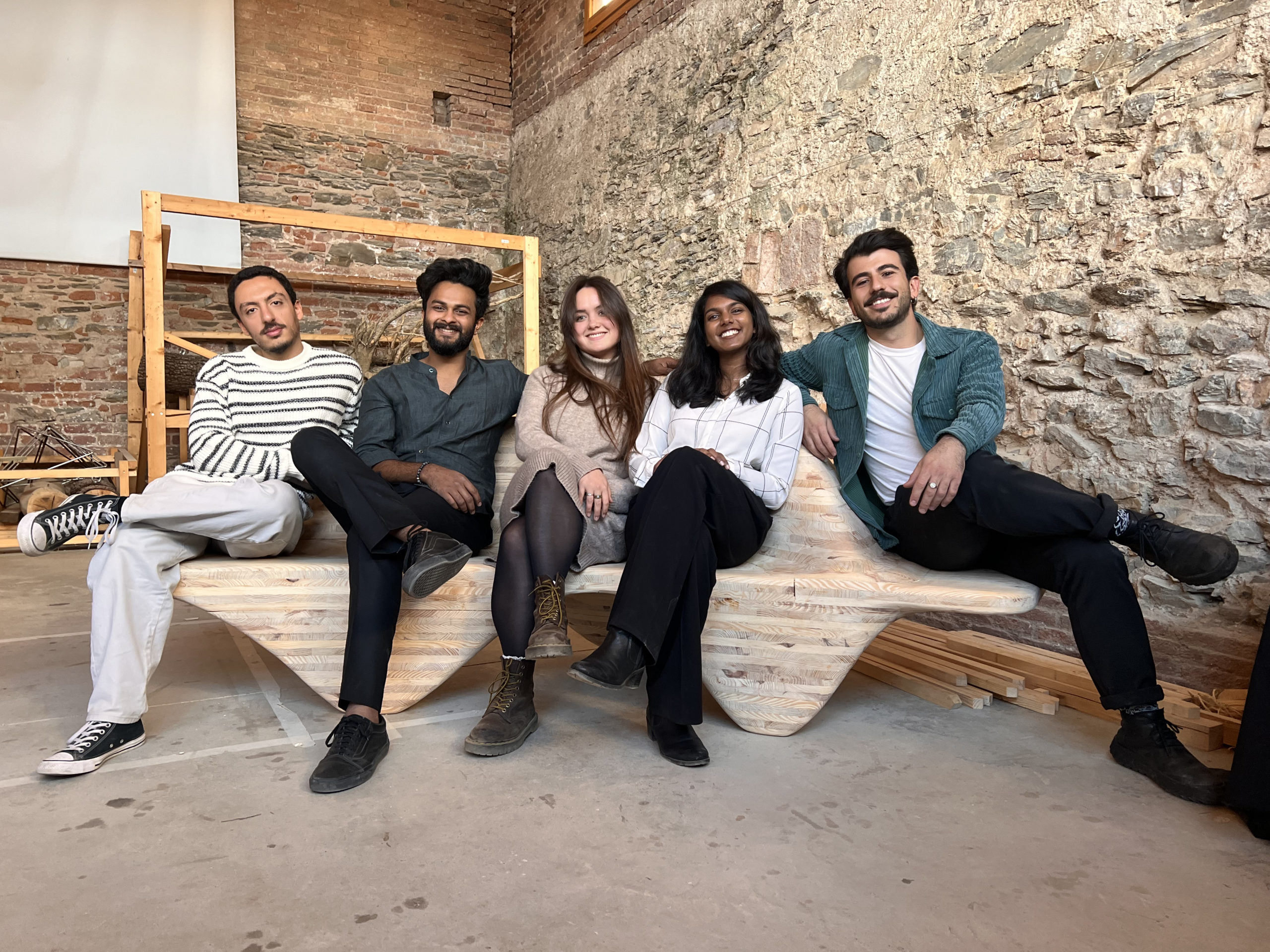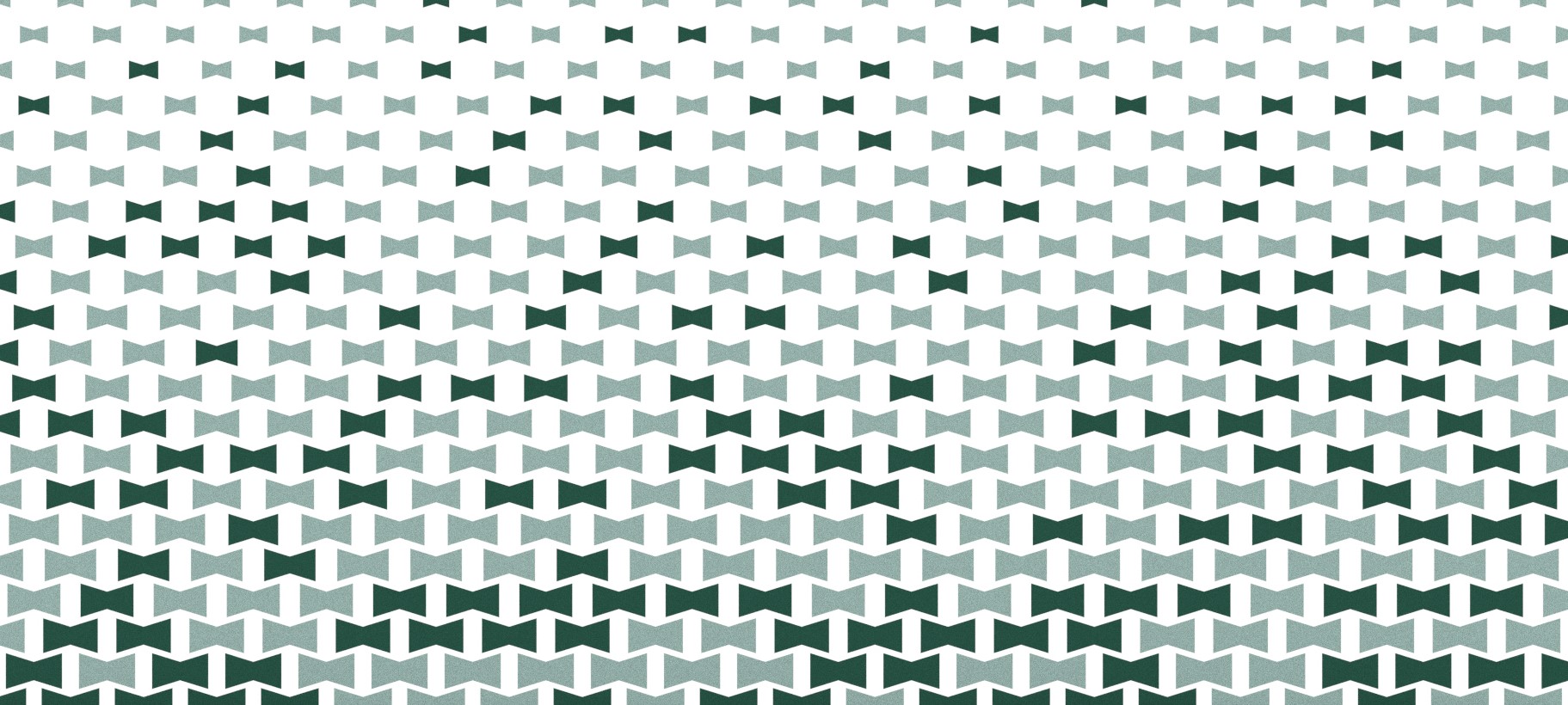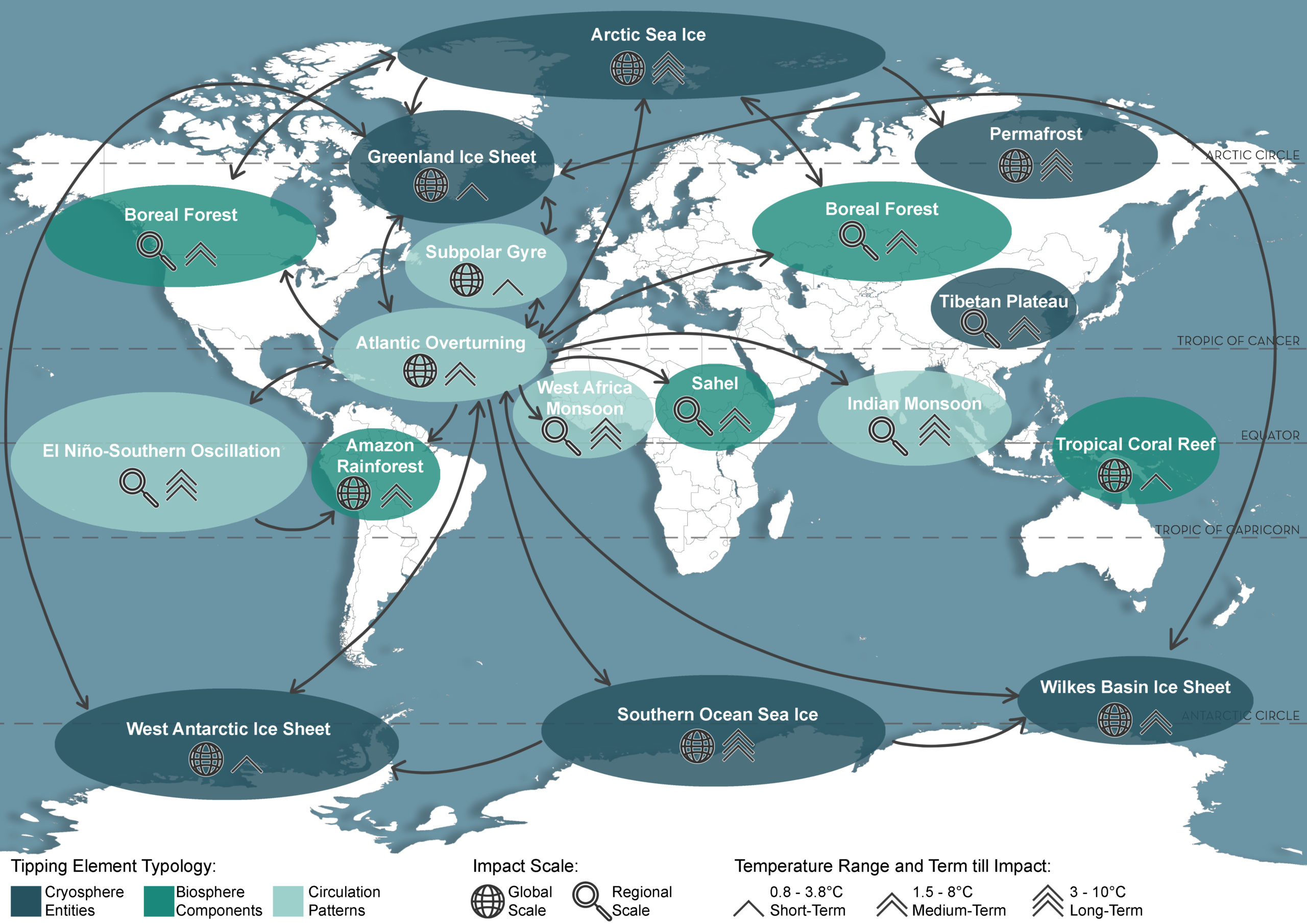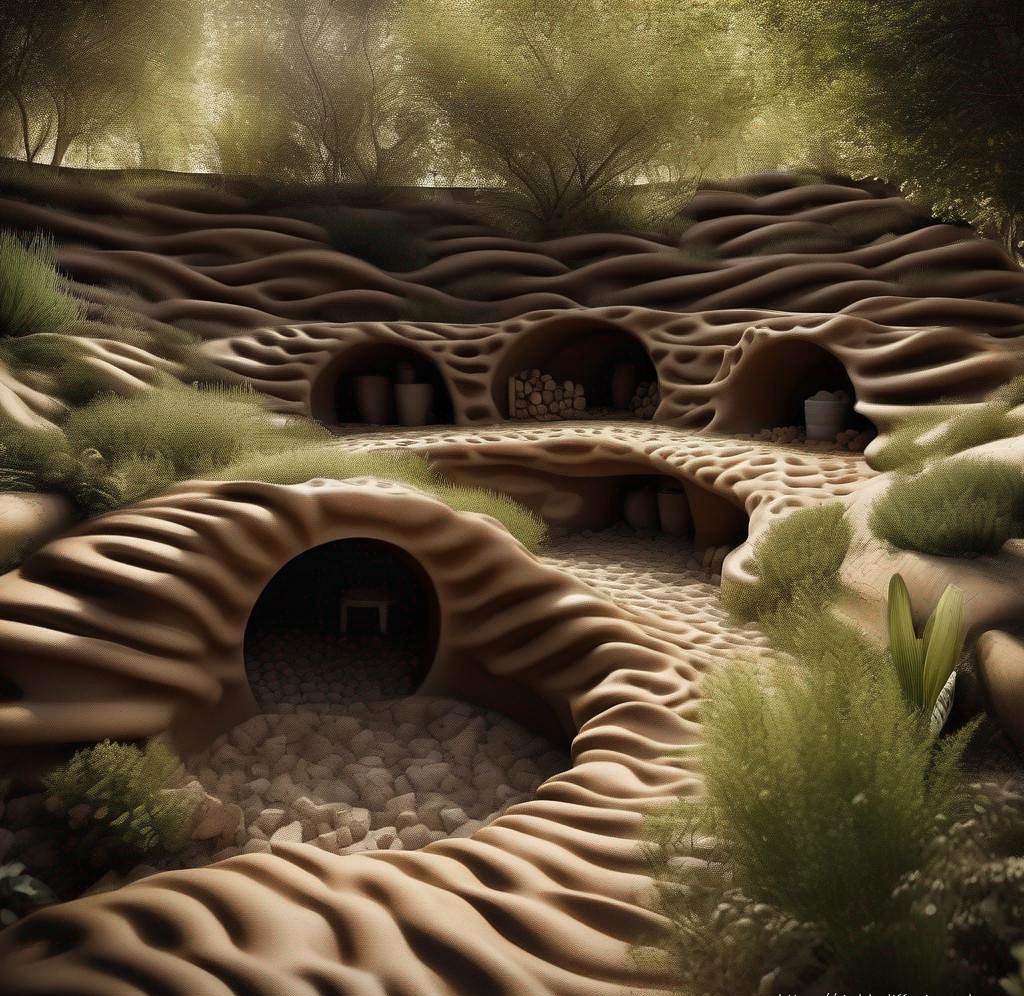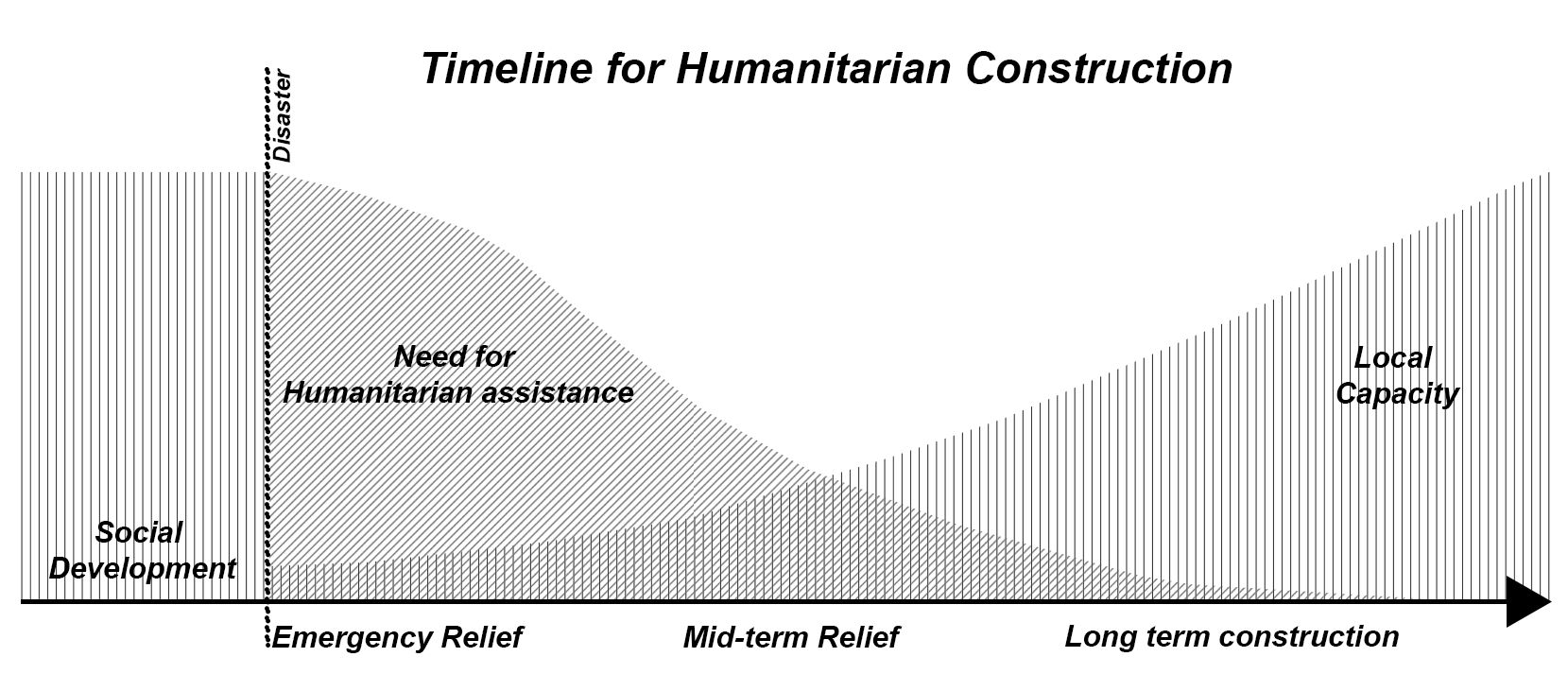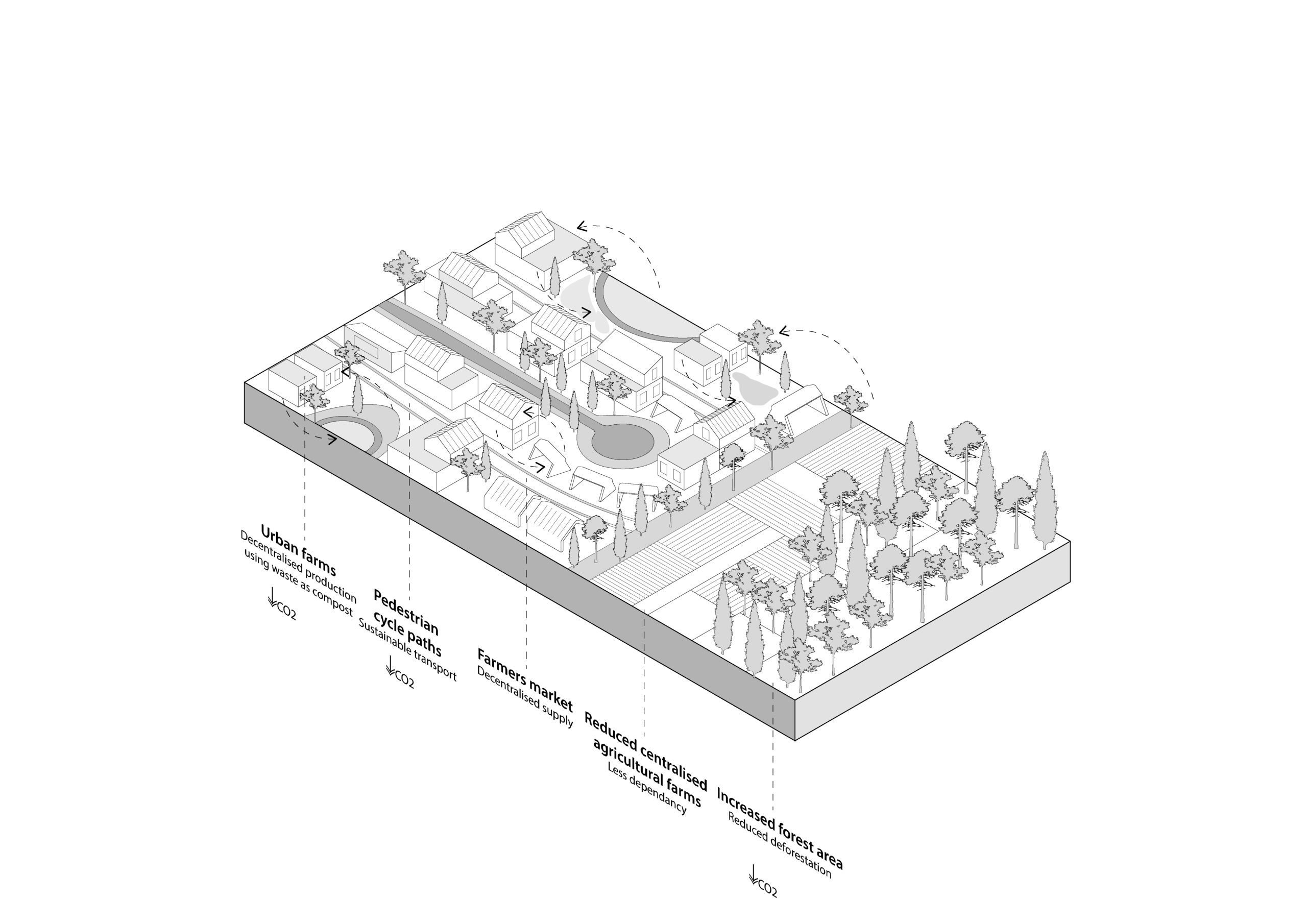Collaborative Design Studio – Kindergarten
The Site We worked with the Kindergarten at Colegi Mare de Déu dels Angels in La Sagrera neighborhood Barcelona. This historic school has educated generations of students over nearly the past one hundred years, this year the school decided to bring in IAAC to develop playground structures to improve the exposed brick terraces where the … Read more

